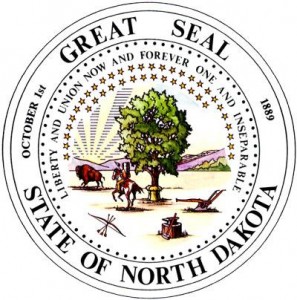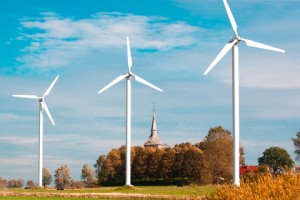 North Dakota Population 2013
North Dakota Population 2013
The United States Census Bureau estimates that the population of North Dakota in 2013 was 699,628, which is ranked the 48th largest population in the United States. This estimate shows a 4% increase since the last census in 2010, also conducted by the United States Census Bureau. The population density of the state is 11.7 people per square mile, ranked the 47th largest density in the United States.
North Dakota Population Projections
The population of North Dakota has been increasing at a rate much higher than the rest of the United States. In fact, it is the fastest growing state in the country. Therefore, all projections and predictions for the future population of the state are no longer valid due to the unexpected increase in the population.
North Dakota Land Mass
The state of North Dakota is approximately 340 miles long and 211 miles wide with a square area of 70,704 square miles, making it the 19th largest state in the country. Of the 70,704 square miles, only 1,710 square miles are covered by water. The highest point in the state of North Dakota is White Butte, which is 3,506 feet above sea level. The lowest point in the state is at Red River, which reaches 750 feet above sea level. The geographic center of North Dakota is located in Sheridan County, 5 miles southwest of McClusky. North Dakota is bordered by four states: Minnesota, South Dakota, and Montana. Canada also borders the state on the north.
North Dakota can be broken up into three distinct geographic land areas: the Red River Valley, the Drift Prairie, and the Great Plains. The Red River Valley lies along the border with Minnesota. This part of the state is known as one of the most fertile areas in the world. The Drift Prairie is to the west of the Red River Valley. This area is made up of rolling hills, stream valleys, and lakes. The Turtle Mountains are in the northern portion of the Drift Prairie. Countless numbers of ducks migrate to this area in the winter. Lastly, the Great Plains makes up the southwestern portion of the state. It is a very hilly area and is also an area rich in minerals. This area also contains the Badlands, which contains the highest point in the state.
North Dakota Demographics
Of the approximate 0.699 million people in the state of North Dakota, about 49.2% of the population is female, while 50.8% is male. Also, approximately 90% of the population identifies as white (including Hispanic or Latino). But, out of that 90%, only about 2% do identify as Hispanic or Latino and the other 88% as Caucasian. Those that identify as Black or African American make up 2% of the entire population of the state of North Dakota. The American Indian and Alaskan Native populations make up approximately 6% of the entire population of the state. The rest of the population is made up of those that identify as Asian, Native Hawaiian, other Pacific Islanders, or those that identify as two or more races. These other races make up about 2% of the North Dakota population.
North Dakota Religion
The population of North Dakota identifies as religious at a much higher rate than the national average. About 67% of the state population identifies as religious, compared to the national average of 49%. Out of the 67%, about 30% identify as members of the Lutheran Church, making it the largest denomination in the state of North Dakota. The next largest denomination in the state is Catholic, making up 25% of the population. All the other Christian denominations make up about 11.9% of the population. Those who identify as Jewish or Islamic only make up 0.1% of the population.
North Dakota Tourism
 North Dakota Economy
North Dakota Economy
North Dakota’s economy is known to be the strongest economy in the country currently. Over the past year, the state’s GDP had an increase of about 13.4%, mainly as a result of the energy boom. The state blows the second and third strongest states out of the water. Texas has a GDP growth of only about 5% and Oregon has a growth of about 4%. Also, the state has created about 100,000 non-farm jobs over the last decade. In 2008, oil companies discovered that by using the new drilling technology called hydraulic fracturing (aka fracking) they could tap into the estimated 170 billion barrels of crude oil that sat beneath the ground in the Bakken shale foundation in North Dakota. Responsible production of the newly discovered oil and gas in the Bakken and Three Forks formations can promote energy independence. The United States has already seen a reduction of 10% in net oil imports in the last year, and that number should continue to increase as we develop domestic resources.
Other Resources
Find out more about the North Dakota population using this link.


